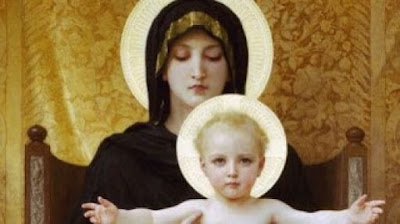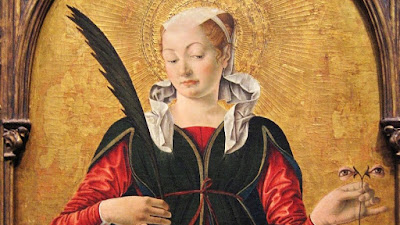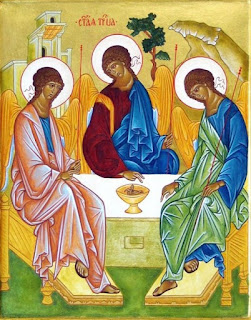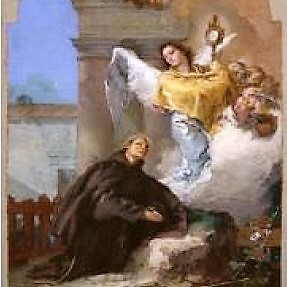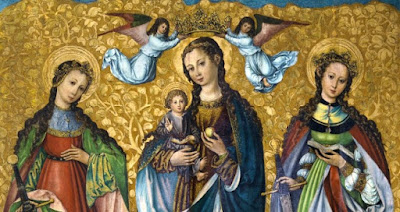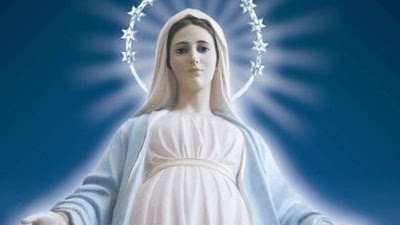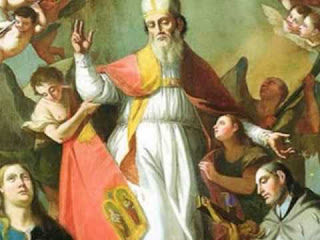St. Frances of Rome, Founder and Mystic
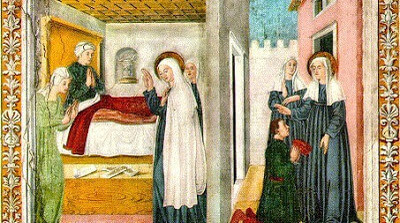
Optional Memorial - March 9th St. Frances of Rome wanted to be a nun, but her wealthy parents forced her into an arranged marriage with a solider. Her husband Lorenzo Ponziani served as commander of the papal armies. They lived happily together for forty years even though Lorenzo was frequently at war. Frances and her sister-in-law often visited the poor and the sick of the Eternal City giving out food and caring for the ill. Rome in the early 15th century was largely in ruins. Animals roamed the city freely and plague decimated the population. Two of Francis's and Lorenzo's children died from disease. Francis used her family’s wealth to establish a hospital. In 1425, on the feast of the Assumption of Mary, she founded the Oblates of Mary, an order of pious Christian women. The order was approved by Pope Eugene IV in 1433. Today it is known as the Oblates of St. Francis of Rome. Francis was graced with heroic virtue and mystical visions. With her husband's bless
